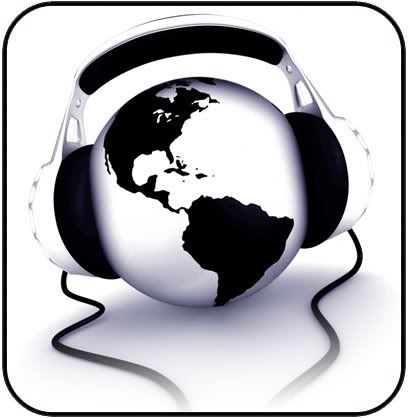Whither the Individual?
As we join groups and social networks from affinity sites to Facebook, are we extending and expanding identities, or increasingly conforming to the cookie-cutter profiles demanded of these interfaces? Is the loss of "personal space" and "reflection" so many users complain of merely the necessary surrender of "ego" as we learn to participate as members of a more evolved "collective organism" of "hyper-people?"
Because the Internet is still a relatively new and a constantly developing innovation, people will always continue to questions its impact on both the individuals and the society as a whole. Before the Internet and Web 2.0, groups and social organizations existed only in real, concrete, tangible life. People could argue how even these networks of people in real life cause conformity and loss of personal identity, causing members to become a part of one collective organism. However, this is the way society works, have always worked, and inevitably will always work—which is not necessarily a bad thing but rather just an aspect of humanity and evolution.
Because these social groups and networks now exist on the Internet, interconnection has been hyper-activated. There is a greater and faster flow of information that is being spread to more and more people. This adds so many more ideas, thoughts, creativity, and productions to not only cyber world, but the real world as well, that while in some aspects individuals seem to be conforming. But in other ways, individuals are expanding and extending their identities. Even with sites such as Facebook, although all users have to stick to the same exact layout, there are still so many ways to still be an individual. There are multiple sections where users can write about themselves, their interests, favorite quotations, etc. Each user can upload personal photos to which they can add captions and users can “like” different pages as well. Finally, with status updates, users can individualize themselves by writing whatever they want, their “reflection”—something they are currently doing, something they are thinking, a quote, a joke, they could post a link of a picture, a song, a video, a personal blog, or any other website
Therefore, I believe that online social networking sites connect people and force them to conform in certain ways yet because the Internet is so dynamic, I don’t think users should feel the loss of ego or personal space. Without the Internet, people were already participating as members of a collective organism. And now with the Internet, these members have become hyper-activated. It’s just the next step in the process of evolution of humanity; each member of the collective organism and the collective organism as a whole will learn to and be forced to adapt to this natural change.






